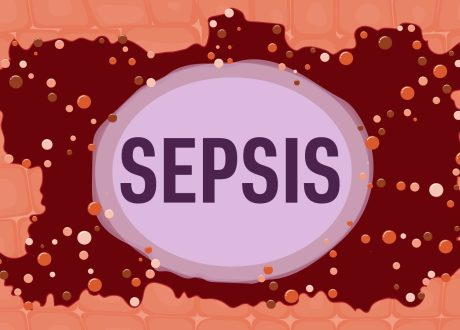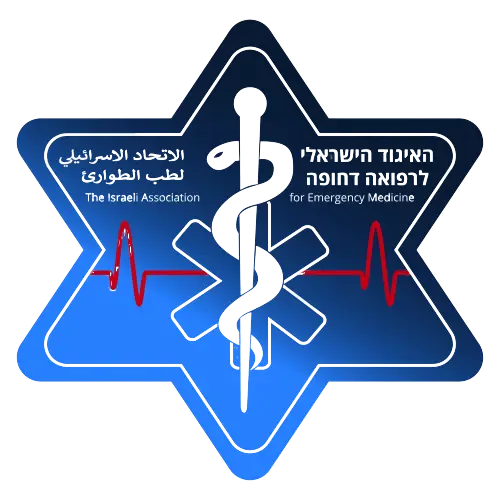Written by Jason Lesnick
![]()
A recalibrated HEART score ≤ 3 utilizing hs-cTnT ruled out MACE (adjudicated type 1 MI, unplanned coronary revascularization, and all cause death) at 30 days at a sensitivity of 98.5% and NPV of 99.7% with the ability to discharge 46.5% of patients in this cohort.
Don’t break my HEART (Score) – but recalibration could be a good idea
High sensitivity troponins are a huge part of how we evaluate ACS and if you don’t currently have them, you will in the near future. This study included 3,752 patients by combining a 2018 prospective cohort study from the UK and two secondary analyses of two prospective cohort studies, one from the UK in 2011 and one from the USA in 2018. 8.8% of patients experienced MACE at 30 days, median age was 58 years, and 48% of patients were female. They used 5th-gen Roche high sensitivity cardiac troponin T (hs-cTnT) assays.
The authors compared the safety of a strategy to discharge patients according to a recalibrated HEART score, recalibrated TIMI score, the original HEART and TIMI scores, a single hs-cTnT less than the LOD/LOQ (limit of detection/limit of quantification, the lowest value reported to clinicians in Europe and the US, respectively) with a non-ischemic ECG, and a single hs-cTnT <99th percentile with a non-ischemic ECG in patients with possible ACS. The primary outcome was MACE at 30 days, with secondary outcomes of type 1 MI at 30 days and MACE at 1 year.
The HEART score recalibration adjusted the troponin scoring component of the HEART score. The troponin subscore would be 0 if the hs-cTnT was less than the LOD/LOQ (5 ng/L UK, 6 ng/L US), 1 for hs-cTnT between the LOD/LOQ and the 99th percentile, and 2 points for hs-cTnT >99th percentile (UK 14 ng/L, US 19 ng/L). For the recalibrated TIMI score, hs-cTnT values equal to or greater than the LOD/LOQ scored 1, and those less than LOD/LOQ scored 0.
The authors found with regards to the primary outcome:

Utilizing a recalibrated HEART score ≤ 3 with a single hs-cTnT in this group would have allowed 14% more patients to be discharged compared to a nonischemic ECG and single hs-cTnT <LOD/LOQ strategy. Sensitivity and negative predictive value for recalibrated HEART score ≤ 3 for MACE at 1 year was 93.2% and 97.9%, respectively. Sensitivity for the recalibrated HEART score ≤ 3 for type 1 MI at 1 year was greater than 98%.
How will this change my practice?
The authors state that a single presentation hs-cTnT in combination with a recalibrated HEART score ≤ 3 can rule out 30 day MACE in ED patients suspected of having ACS. Simply put, I don’t think this is ready for use in the US yet until we have more data testing this approach. I am excited about the possibility of utilizing a recalibrated HEART score in combination with a single hs-cTnT in the future to safely discharge patients and eagerly await more research testing this strategy.
Editor’s note: This was an odd mashup of three different studies, one of which calculated all HEART scores retrospectively and two of which calculated all or part of the score retrospectively. Since the point of the study was to test the HEART score with hs-cTn, it seems important that we actually know what the physicians caring for the patients scored it. Although 30-day outcomes were encouraging, there is no getting around the fact that these studies were not originally designed to answer this question. ~Clay Smith
Source
HEART Score Recalibration Using Higher Sensitivity Troponin T. Annals of emergency medicine, S0196-0644(23)00313-X. 10 Jun. 2023, doi:10.1016/j.annemergmed.2023.04.024









